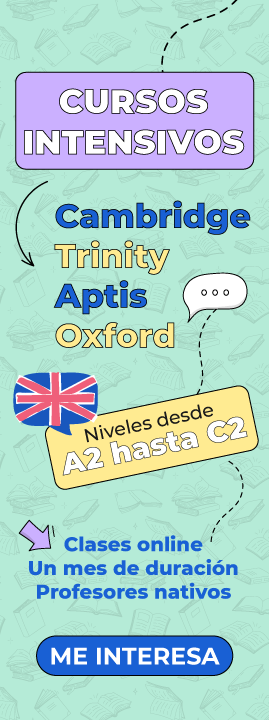Continuous Tense English

Continuous Tense English
One more week we come here to help you understand a little better, that fantastic world of the Tense. In other posts, we have talked about the simple tense , the perfect tense , and it’s time to go up to the next step, the continuous tense.
When we begin to learn English in school, the first tense that is taught is the present simple, and the very next tense is usually the present continuous. The way to form it is very simple, since you have to conjugate the verb ‘TO BE’ with the ending -ing.
But we are going to explain it step by step to make things clearer.
This verb tense is used in those actions that happen in the past, but that occur at a specific moment; or also in the case of two actions from the past that coincide.
AFFIRMATIVE:
Subject + Verb To Be in Past + Verb in Gerund ending in -ing + Rest of Phrase
I was writing a post
They were reading my post
NEGATIVE FORM:
Subject + Verb To Be in Past + Not + Verb in Gerund in -ing + Rest Phrase
They were not learning
He was not eating
Also, you can use the collapsed form: wasn’t and weren’t.
INTERROGATIVE FORM:
Verb To Be in Past + Subject + Gerund in -ing + Rest Phrase?
Were They learning ?
Was I eating ?
This verb tense can be used, combining with the past simple (past simple). We will do the combination of both times, when we talk about two actions from the past, and that one of them has already finished (past simple), while the other has not (past continuous)
They were watching the TV when I phoned
At the beginning of the post, we made reference to this specific time, because it is one of the first to be learned in school, or in English courses. When we begin to learn these languages, teachers teach the present simple and then the present continuous. Therefore, at this time we are not going to stop.
Note: There is another option to use it, and it is to refer to actions that happen cyclically (which are repeated) at a specific time.
AFFIRMATIVE:
Subject + To Be in present tense + Verb in gerund ending in -ing + Rest of Phrase
NEGATIVE FORM:
Subject + To Be in Present + Not + Verb in Gerund in -ing + Rest of Phrase
INTERROGATIVE FORM:
To Be in Present + Subject + Verb in Gerund in -ing + Rest of Phrase
It is used in long actions that will occur in the future but for some reason will be interrupted . This verb tense is also used for actions that will occur in a specific future . The last case to use it is to talk about two actions that will happen at the same time in the future .
In this tense, we will use the verb TO BE in the infinitive , so be careful with this; and will be accompanied by the modal verb WILL
AFFIRMATIVE:
Subject + Will Be + Verb in Gerund ending in -ing + Rest Phrase
NEGATIVE FORM:
Subject + Will + Not + Be + Verb in Gerund ending in -ing + Rest Phrase
Attention: We have put it in red, so you can look closely. When we speak in the future continuous in the negative form, the particle not is located between the modal verb WILL and the verb TO BE.
INTERROGATIVE FORM:
Modal Verb Will + Subject + Be + Gerund in -ing + Rest of Phrase.
Attention : There is another way to form the continuous future, but we want to leave it for another post, because we believe that this will make everything clearer. You have to go step by step so that everything settles down well.
And this is all for today, we hope that these post about verbs are helping you, which are often tedious to learn but, without a doubt, we must learn them if we want to have a good level of English. And if your goal with all this is to obtain an official title, here we leave you the closest calls.



